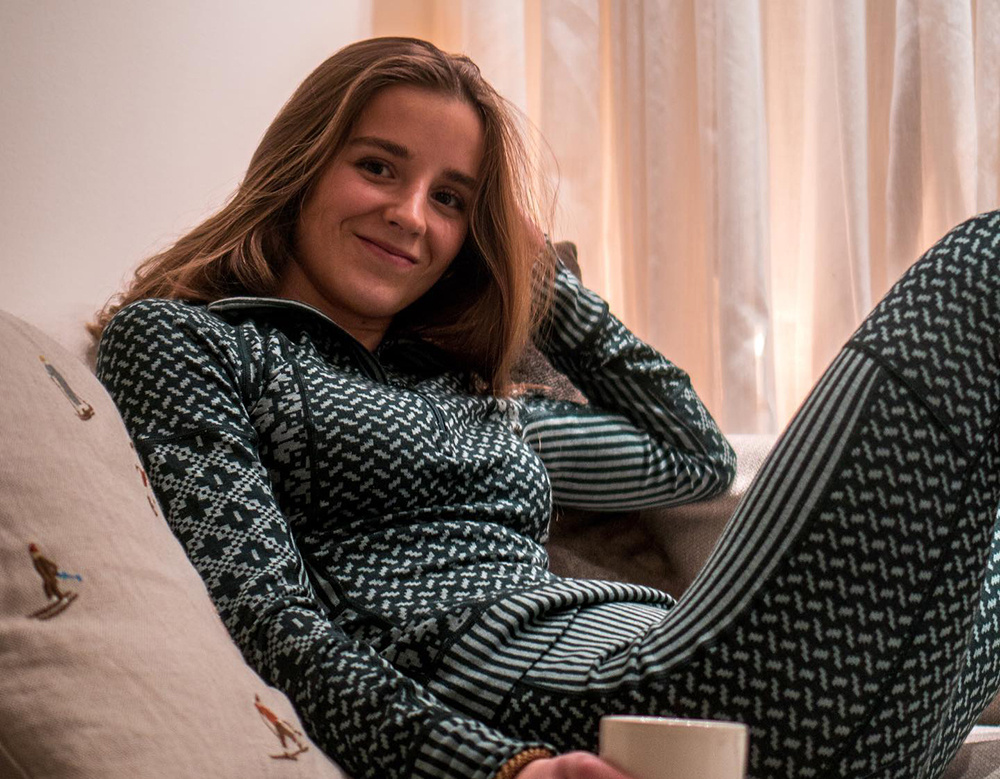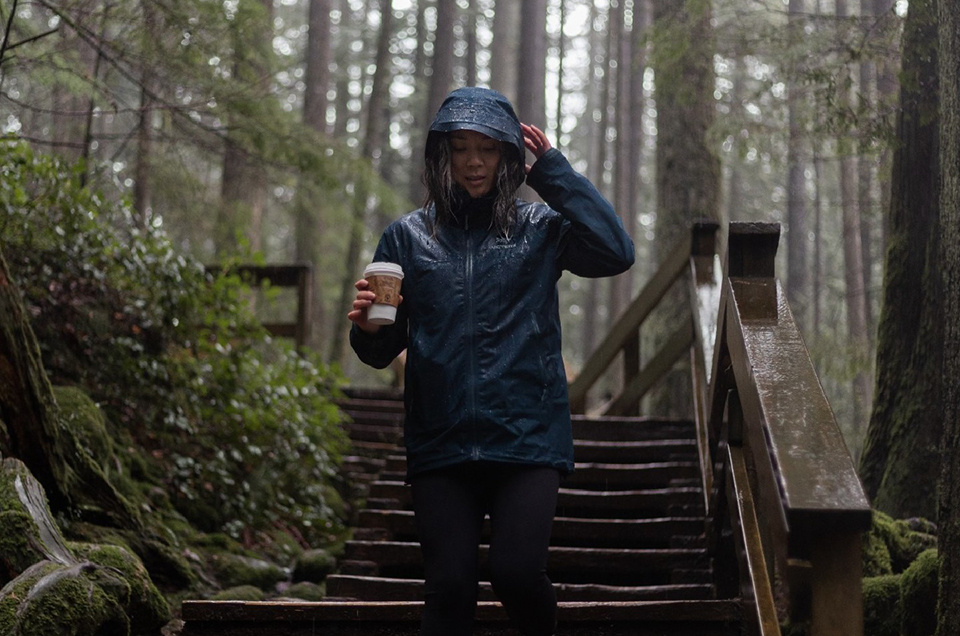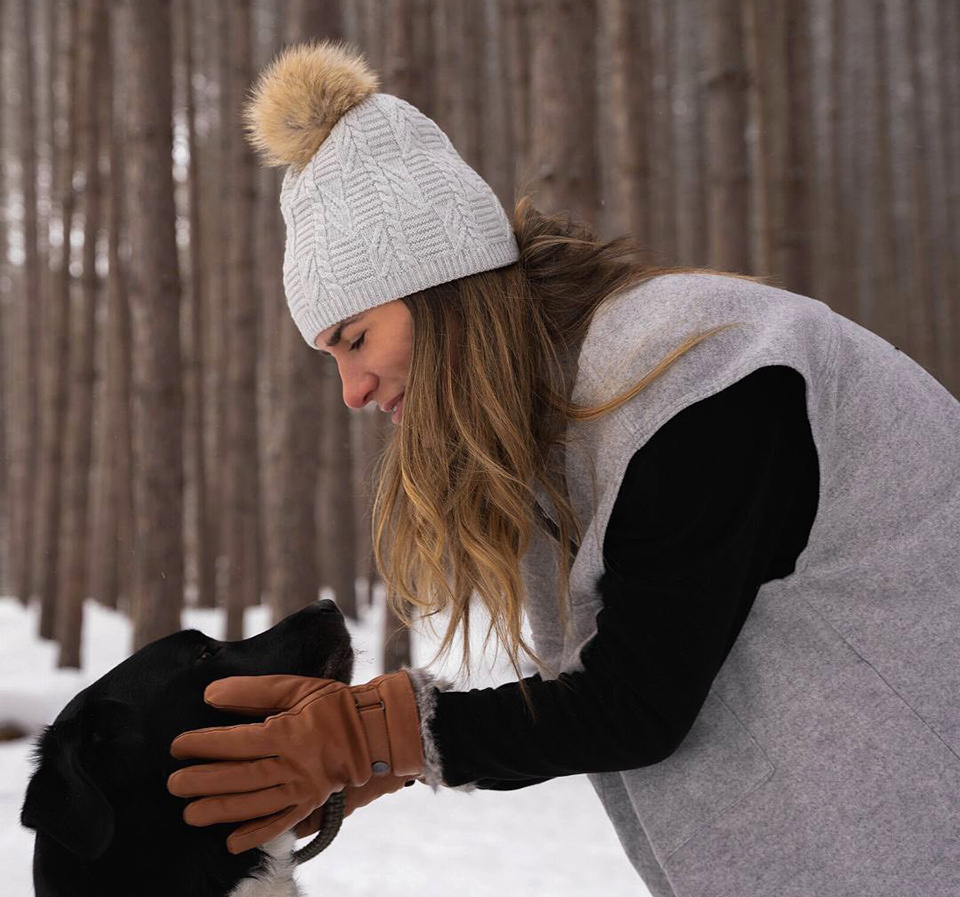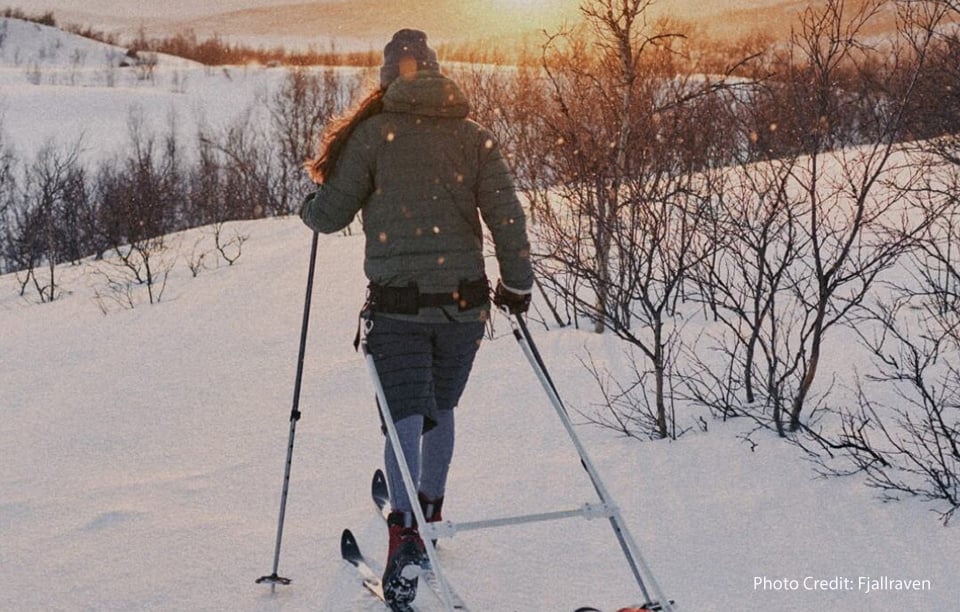Mastering Winter Comfort: The Art of Layering for Every Season
From the chilly winds of winter to the unpredictable weather of shoulder season, mastering the art of layering becomes essential for staying warm and comfortable. In this blog post, we’ll explore the three key layers – base layers, mid layers, and outer layers – and how to strategically combine them to create the perfect ensemble for any cold (or cool) weather scenario.

Base Layers: Your Winter Armour - Wicks sweat off your skin
Materials: Start with moisture-wicking fabrics like merino wool or synthetic blends. These materials help move sweat away from the skin, keeping you dry and preventing that uncomfortable chill.
Merino wool has one of the best warmth ranges of any fabric, thanks to the natural crimp of its fibres. It traps air in tiny pockets, which warms up from body heat.
Fit: Choose a snug fit to maximize the insulating properties. Base layers should act as a second skin, trapping a thin layer of warm air close to your body.

(Photo Credit: Kari Traa)
Pro Tip: Don’t forget about high-quality socks to keep your feet warm. (Smartwool and Darn Tough have great options)
Plus, don’t underestimate the importance of a good pair of thermal leggings.
Shop Mens Baselayers: https://www.ramakkos.com/mens/underwear-baselayers/
With call outs to Icebreaker, Kombi, Devold and Under Armour.
Shop Womens Baselayers: https://www.ramakkos.com/womens/intimates-baselayers/
With calls outs to Icebreaker, Kari Traa, Smartwool and Under Armour
Mid Layers: The Insulating Barrier – Retain body heat to protect you from cold
Materials: Opt for materials like fleece, down, or synthetic insulations for mid-layers. These materials trap and retain heat, providing an additional layer of warmth.
Synthetic fleece is usually made of polyester. It’s highly breathable and dries fast.
Down is the fluffy stuff from the base of a bird’s feathers. It creates a lot of pockets of air to create the best warmth to weight ratio but loses its effectiveness when wet.

(Photo Credit: Fjallraven)
Versatility: Choose mid-layers that can be easily added or removed based on temperature changes. Zip-up jackets or pullovers work well for this purpose.
Tip: Experiment with various thickness levels based on temperature.
Brands we often recommend but not limited to are: Arc'teryx, Patagonia, Fjallraven, Cotopaxi, Columbia, Outdoor Research
Outer Layers: Shielding Against the Elements – Protects you from wind and rain
Waterproof and Windproof: The outer layer is your defense against rain, snow, and biting winds. Look for materials with waterproof and windproof properties to keep you dry and shielded from the elements. Look for a waterproof + breathable shell (like a GORE-TEX).

(Photo Credit: Arc'teryx Toronto)
Breathability: Ensure your outer layer is breathable to prevent overheating and allow moisture to escape. This is crucial for staying comfortable during physical activities in cold weather.
Tip: Look for features like adjustable hoods, cuffs, and ventilation zippers.
Options include insulated jackets, shell jackets or a combination of both, depending on the severity of the weather.
Brands we often recommend but not limited to are: Arc'teryx, Patagonia, Outdoor Research, and Simms
Transitioning to Shoulder Season: Adapting Your Layers
Layer Removal: As the weather warms up, start by removing outer layers. Choose breathable fabrics for base layers to prevent overheating during milder temperatures.
Light Mid Layers: Swap heavy mid layers for lighter options like fleece vests or breathable jackets. This allows for better temperature regulation during the transition seasons.
Versatile Accessories: Scarves, gloves and hats can be easily added or removed to adapt to changing weather conditions.

(Photo Credit: Brume)
Mastering the art of layering is the key to staying comfortable during winter and spring. By carefully selecting and combining base layers, mid layers and outer layers, you can create a versatile wardrobe that adapts to ever-changing weather and temperature.






